The speculations why NVIDIA introduces the AD103-301 on the RTX 4080 were quite manifold. It was rumored that the chip would ultimately be cheaper and could also save costs, and quite a few media and commentators in the forums already speculated about a price saving and of course also about the fact that the end customer would probably not get anything out of it. The initial information, which then made its way through the media, first read cryptic and yet banal on Twitter.
Already last week, the first rumors about XX0/XX1 GPU variants surfaced along with the updated RTX 4070 non-Ti specs. NVIDIA informed board partners that two GPU variants might be available for this SKU. But be that as it may, you can also feel gripped by ambition to know the whole story. And no, it has nothing to do with the GPU voltage, because a simple board analysis could have disproved that very quickly. And why two variants now? The AD104-250 has also been pre-produced in quantities, and you don’t throw away such chips. However, since this card, in contrast to the GeForce RTX 4080, has not been launched yet, you will then initially come across both variants after the launch. But why a change and what is the “comparator” really all about?
Important preliminary remark
At this point I must explicitly point out that both the cards with the AD103-300 or the AD104-250 and the chips with the -301 or 251 iteration do not mean any difference for the end user itself, but only for the manufacturers of the cards. The “old” GPUs are also just as functional on the outside as the new iterations. So it doesn’t hold the charm of a real sensation, but it is a simple rectification.
And yet the new chips are nothing more than a necessary bug fix, because the older chips have a real problem with one function. This, in turn, was corrected circuit-wise by an externally built comparator and thus the possible error was also fully compensated. But what exactly the comparator does and where exactly the error lies, you can only find out here today. Because the GPU voltage is nonsense. A comparator would not be needed for this. Interesting, by the way , that the AD103-301 that Chiphell pictures is from KW41 of last year, while the oldest of my AD103-300 is dated KW31. So the error has long since been found and corrected.
The bug and the comparator workaround
I spent hours comparing all my boards, including the NVIDIA GeForce RTX 4090 FE and RTX 4080 FE. That’s when I noticed a comparator chip marked U121, which was only found on the RTX 4080 FE’s PCB. There is nothing on the board of the RTX 4090 FE. And since NVIDIA’s own schematics often follow a slightly different logic than the reference cards, you’ll find the comparator near the fan header (white ribbon cable connector). First of all, the GeForce RTX 4080 FE:
I repeated the same thing with the three MSI RTX 4090, 4080, and 4070 Ti SUPRIM X. Here is the positioning on the MSI RTX 4080 SUPRIM X above the PCIe slot:
After that, I consulted the schematic of the reference card (not the FE) and then, when I asked specifically, I also got another inside info from an R&D. It must be said that much of the information gathering of such sensitive data works according to the yes/no or exclusion principle and already requires certain prior information or bases. So you first have to have found something yourself in order to then be able to verify and refine what you have found. I have digitally distorted the PCB layout a bit and changed the colors slightly for tracing reasons, but you can still see very well which area is involved in detail:
The second tip came from the notebook sector, where even the chips with a bug can be used without any problems because the affected area is generally replaced by a solution with an embedded controller. This brings us closer to the bug, which is as trivial as it is important: It’s about the part with the so-called “initial fan speed”. Does the fan start spinning safely at a preset hotspot temperature or not? Or is the fan defective or does it stop? Exactly this function is solved with the AD103-300 or the AD104-250 with an external comparator, which compares the PWM signal for the fan control with the actual value. You can even see that when you measure.
Summary
The comparator-free boards with the “new” chips are thus not a feature, but just a normal one bug fix. And you don’t actually save any components with a smarter design, but can finally leave out what was still needed as a workaround at the beginning. The only question is why the whole thing came to light so late. Because even the RTX 4080 FE from launch day has the comparator on the board, the much older RTX 4090 does not. And why is the RTX 4070 still available in two version? Has it been preproduced for that long? Because the already launched RTX 4070 Ti does not need it again.
Is it because of the way the chips that are not fully functional have been trimmed and that you then de-energize certain areas, if necessary, that lead to the loss of function of the fan story (power gating)? Then it would not be a general error, but only a partial one, depending on what and where was castrated. And various AD103-300s might not actually need the external comparator that is always present for safety. We will probably never know everything, but at least we can be sure that the problem was recognized and elegantly solved. Who then actually bears the additional costs?
Source: Own













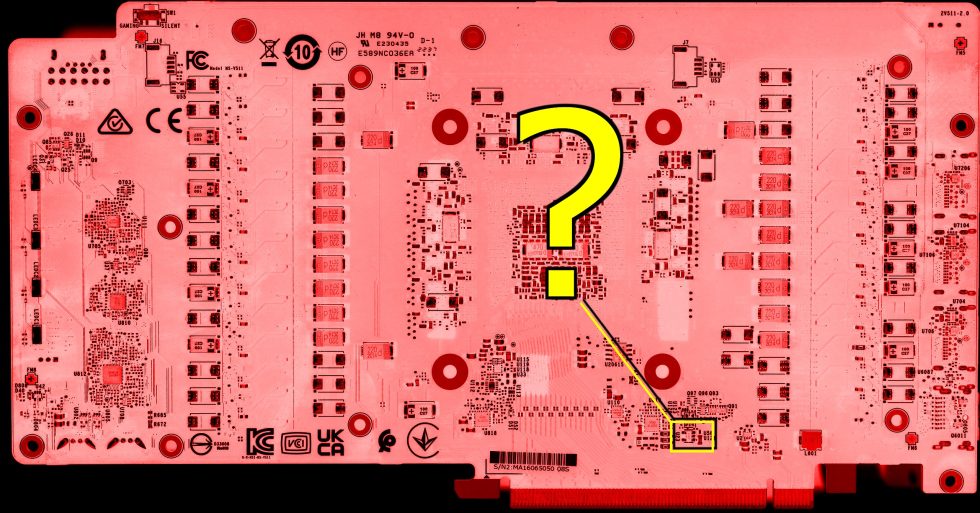

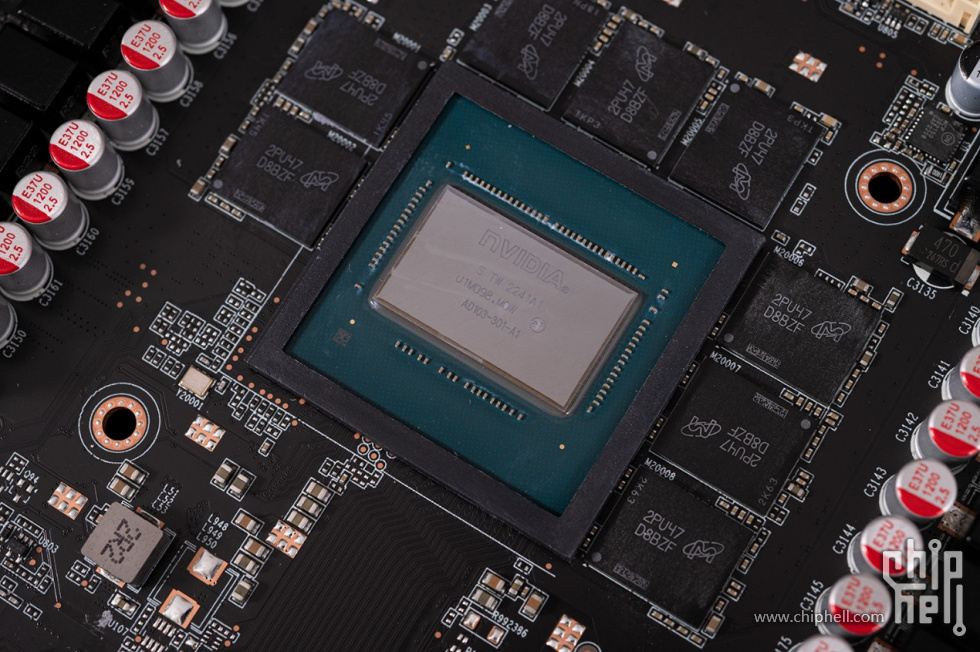
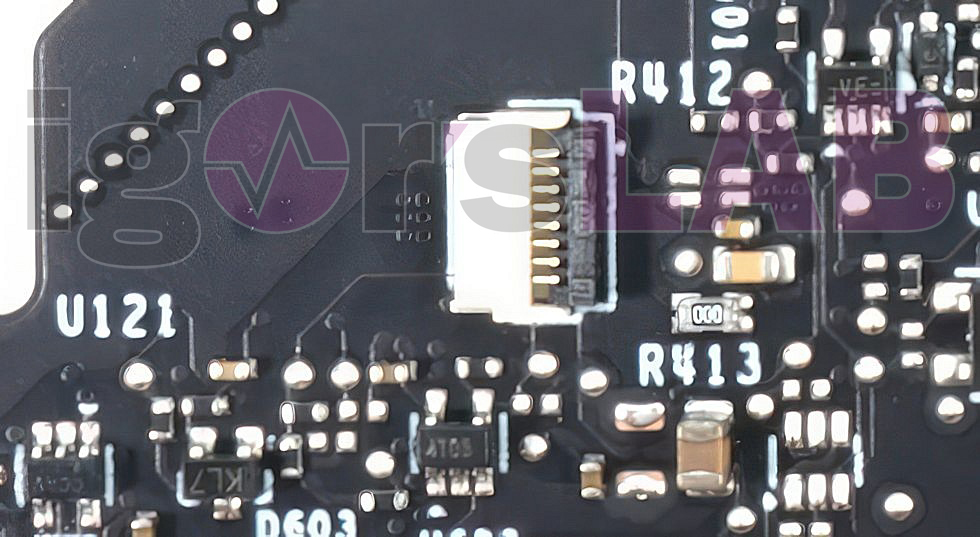
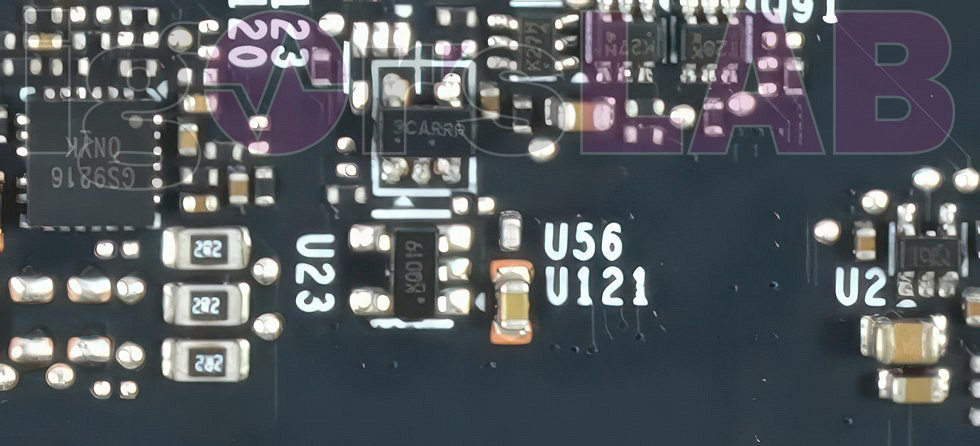
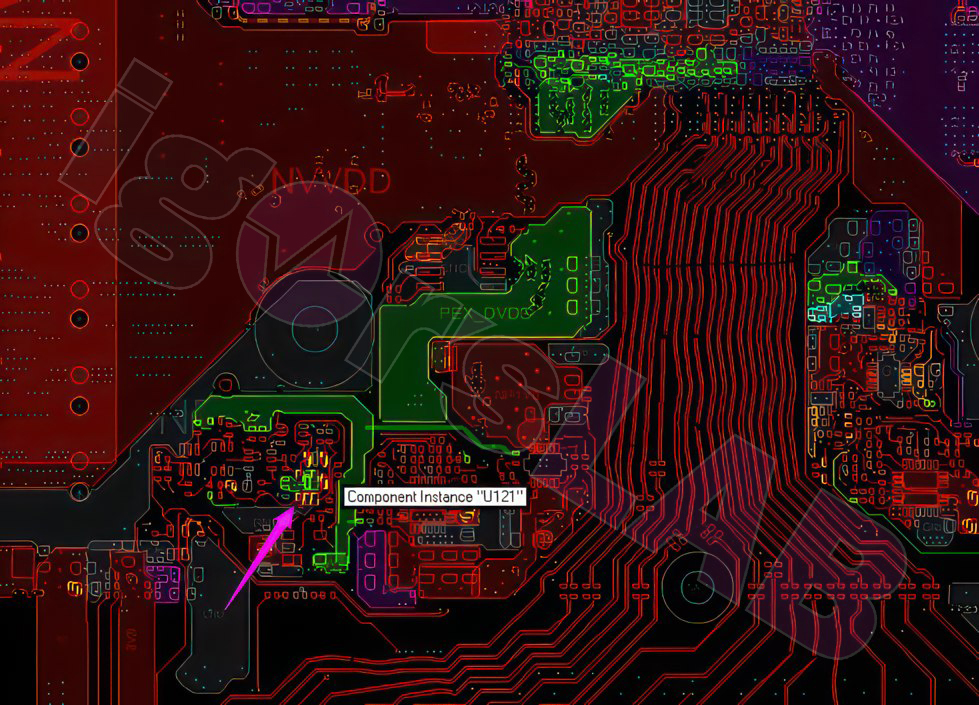

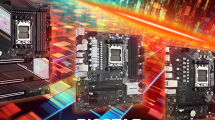




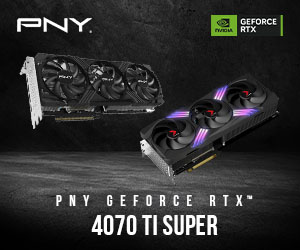








32 Antworten
Kommentar
Lade neue Kommentare
Mitglied
Urgestein
Urgestein
1
Urgestein
Urgestein
Urgestein
Urgestein
1
Mitglied
Urgestein
Mitglied
Urgestein
Mitglied
Urgestein
Urgestein
Urgestein
Urgestein
Urgestein
Alle Kommentare lesen unter igor´sLAB Community →